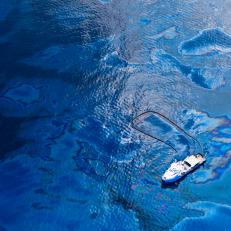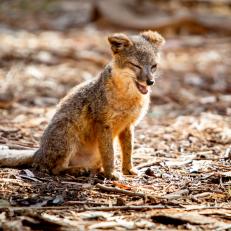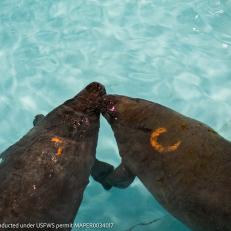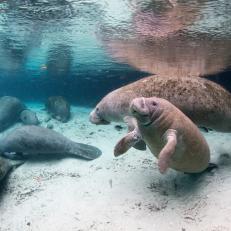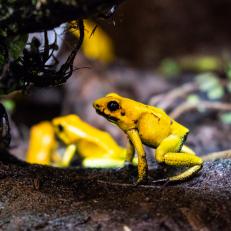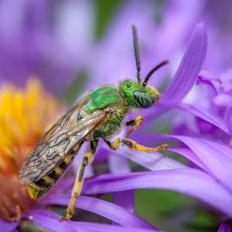Aquaculture By Design: Why Oysters are Important
The Nature Conservancy examines the benefits of oyster aquaculture.
Learn how The Nature Conservancy (TNC) protects the lands & waters on which all life depends. Impacting conservation in 72 countries & territories, TNC has grown to become one of the most effective & wide-reaching environmental organizations in the world.
Stream THE NATURE CONSERVANCY PRESENTS on discovery+.
April 27, 2021
Shop This Look
Nature Conservancy Oyster Conservation Coordinator, Amanda Moeser, holds oyster shells in her hands at Jackson Estuarine Laboratory in Durham, New Hampshire. Moeser will distribute cages of oyster spat to almost 100 volunteers living along Great Bay, New Hampshire, as part of the Nature Conservancy’s community-based oyster restoration program that is “part public education and part citizen science.” For two months in the summer, the volunteers will collect data on the growth of spat on the oyster shells that will help the Nature Conservancy and the University of New Hampshire in their efforts for oyster reef restoration.











